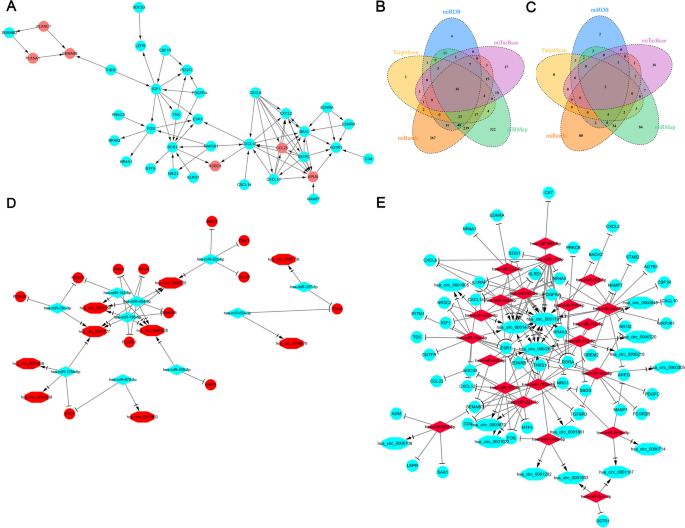Circ_0000069 and Its Role in the Progression of Hepatocellular Carcinoma

Hepatocellular carcinoma (HCC) is one of the most common and deadly forms of liver cancer, contributing to nearly 780,000 deaths annually. Despite improvements in diagnostics and treatments, the five-year survival rate for HCC remains low due to late-stage diagnosis, treatment resistance, and the limited effectiveness of current therapies. Identifying new molecular targets is critical for developing better treatment strategies.
Non-coding RNAs, including circular RNAs (circRNAs), have gained attention as potential biomarkers and therapeutic targets in various cancers. CircRNAs have unique properties, such as a covalently closed loop structure that makes them more stable than linear RNAs. This study focuses on circ_0000069, a circRNA found to be significantly upregulated in HCC, and its role in promoting tumor progression through the regulation of CCL25.
How the Study Was Conducted
Researchers conducted bioinformatics analyses using publicly available HCC datasets to identify differentially expressed genes, miRNAs, and circRNAs. They then constructed a competing endogenous RNA (ceRNA) network to understand how circRNAs interact with miRNAs and mRNAs.
Laboratory experiments, including real-time quantitative PCR (RT-qPCR) and Western blotting, were performed to confirm the expression levels of circ_0000069, CCL25, and MAP2K1 in both HCC tissue samples and cell lines. Functional studies, such as wound healing and transwell invasion assays, were used to assess the impact of circ_0000069 on cell migration and invasion. Additionally, tumor growth experiments in mice were conducted to examine its effects in vivo.
Key Findings on circ_0000069 in HCC
The study revealed that circ_0000069 was significantly overexpressed in HCC tissues and cell lines compared to normal liver tissues. Further analysis confirmed that increased expression of circ_0000069 was associated with enhanced cancer cell migration and invasion. When circ_0000069 was overexpressed in Huh7 cells, their invasive capacity increased, while silencing circ_0000069 in HepG2 cells led to a decrease in migration and invasion abilities.
Tumor growth experiments in mice confirmed that overexpression of circ_0000069 significantly promoted tumor development. However, when CCL25 expression was silenced in these tumors, the tumor-promoting effects of circ_0000069 were reduced, suggesting that circ_0000069 may exert its effects through the regulation of CCL25.
The Role of CCL25 and MAP2K1 in HCC Progression
CCL25 is a chemokine known for its role in immune responses, but recent studies have suggested that it may also play a role in tumor progression. The study found that CCL25 was positively correlated with circ_0000069 expression, indicating that circ_0000069 may regulate CCL25 expression to promote HCC progression.
Further investigation revealed that MAP2K1, a gene involved in the MAPK/ERK signaling pathway, was also influenced by circ_0000069 expression. The MAPK/ERK pathway is known to regulate cell proliferation, differentiation, and survival in various cancers, including HCC. Increased expression of MAP2K1 was observed in tumors overexpressing circ_0000069, further supporting the idea that circ_0000069 plays a role in activating tumor-promoting signaling pathways.
The findings suggest that circ_0000069 could serve as a potential biomarker for diagnosing HCC and predicting disease progression. Its strong correlation with cancer cell migration and invasion makes it a promising target for therapeutic intervention.
Blocking circ_0000069 or disrupting its interaction with CCL25 and MAP2K1 could offer a new approach to suppress tumor growth and metastasis. Therapies targeting circ_0000069 may help reduce the invasiveness of HCC cells, potentially improving patient survival rates.
To learn more, read this!: Circ_0000069 promotes the development of hepatocellular carcinoma by regulating CCL25 | BMC Cancer | Full Text

